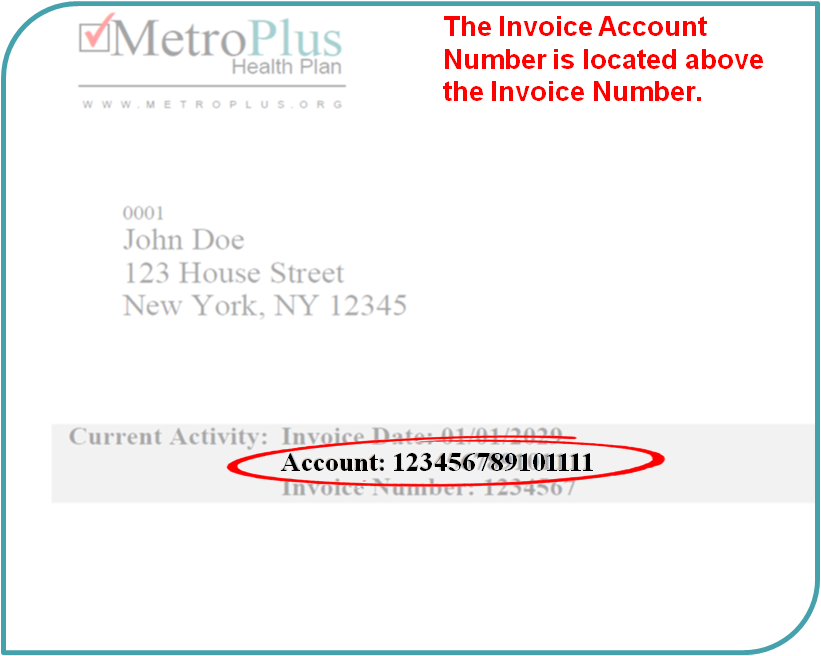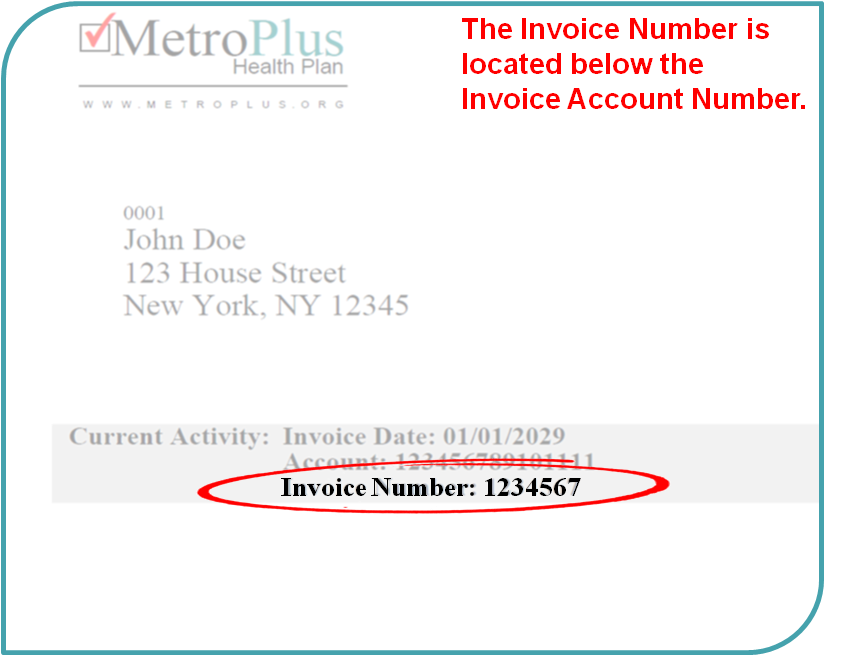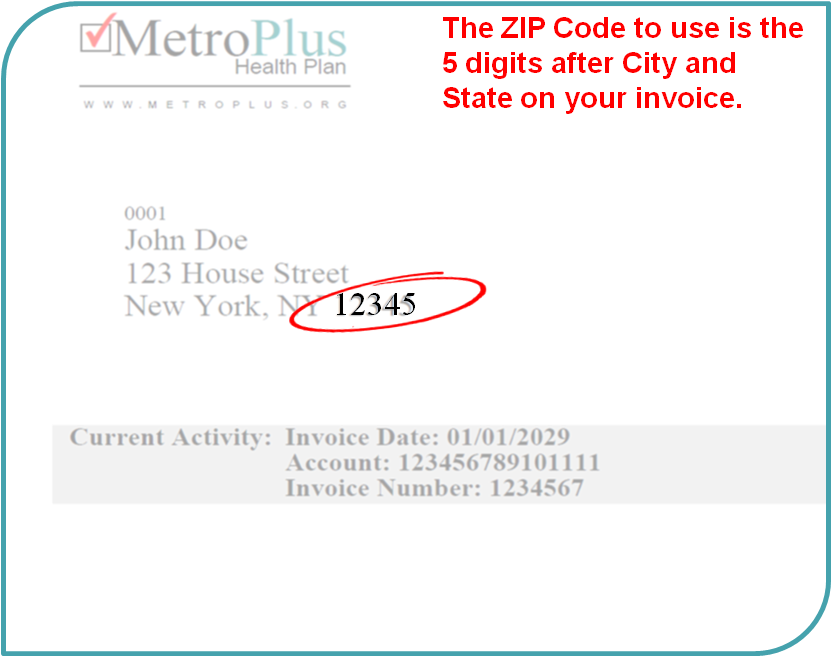Eye Care & Vision
Your eyes are one of the most important parts of your body, so it is important to take care of your eyes. Proper care of the eye includes:
- Seeing your eye doctor regularly for vision test and eye exam – children should see an eye doctor once a year, adults every two years
- When you watch television and use a computer, make sure to keep a light on in the room and stay at a safe distance
- Wear quality sunglasses with ultraviolet ray protection under strong sunlight
- Keep a balanced diet, including foods that are rich in Vitamin A – watermelon, tomato, papaya, carrot, other fruits or vegetables in red orange
- Get enough sleep to provide your eyes with enough rest
- Place reading materials at least 12 inches from the eyes
Some common diseases of the eye include:
Cataracts
A cataract is a clouding of the lens in the eye that occurs in people as they age. Common symptoms of cataracts include cloudy, blurry or faded vision, glare or frequent eyeglass prescription changes. You may also experience double vision, or multiple images in one eye.
Cataracts affect nearly 22 million Americans age 40 and older. People in their 40s and 50s may have cataracts, but it is usually only around age 60 or older that they might begin to affect a person’s vision. If you are age 60 or older, you should have a comprehensive dilated eye exam at least once every two years. This will allow your doctor to check for cataracts, as well as other vision disorders like glaucoma. If your vision loss is affecting everyday activities like reading or watching TV, it may be a sign that you need cataract surgery.
Glaucoma
Glaucoma is an eye disease in which the pressure in the eye rises, leading to loss of vision or even blindness. Almost 3 million people in the US have it. It is the third leading cause of blindness in the world. Most people with glaucoma have “open angle glaucoma.” In this kind of glaucoma, the pressure in the eye rises over time and causes pressure on the optic nerve, the nerve that connects your eye to the brain. When that nerve gets damaged, blindness can occur.
You can have glaucoma and not even know it. At first, the vision is normal and there is no pain. As time goes by, people with glaucoma notice that they can see things clearly in the front or center of their vision, but can’t see objects well at the sides or in the “corners” of their vision. The “field of vision,” the amount the person can see up and down and from side to side gets smaller, and more narrow. It can seem like you are looking through a tunnel. As time goes by, if the person does not get treatment, he or she will become blind. Once blindness occurs from glaucoma, it is permanent–it does not go away. Getting regular eye exams is very important to find out if you have glaucoma.
There is no cure for glaucoma, but it can usually be treated with medicines, surgery or sometimes both. Medicines (eye drops or pills) are the most common early treatment for glaucoma.
Diabetic eye disease
Diabetic eye disease refers to a group of eye problems that people with diabetes may face as a complication of diabetes. All can cause severe vision loss or even blindness. Everyone with diabetes should get a comprehensive dilated eye exam at least once a year. Pregnant women with diabetes should get an eye exam as soon as possible.
Diabetic eye disease may include:
- Diabetic retinopathy–damage to the blood vessels in the retina. This is the most common diabetic eye disease and a leading cause of blindness in American adults. All people with diabetes, both type 1 and type 2, are at risk. The longer someone has diabetes, the more likely he or she will get diabetic retinopathy. Between 40 to 45% of Americans diagnosed with diabetes have some stage of diabetic retinopathy. You may have diabetic retinopathy without any symptoms, but over time, diabetic retinopathy can get worse and cause vision loss. Diabetic retinopathy usually affects both eyes. Whether or not you have symptoms, early detection and timely treatment of diabetic retinopathy can help prevent its progression and vision loss.
- Cataracts develop at an earlier age in people with diabetes.
- Glaucoma–a person with diabetes is nearly twice as likely to get glaucoma as other adults.
People with diabetes who keep their blood sugar levels as close to normal as possible have slower onset and progression of retinopathy. They also have less kidney and nerve disease. Controlling elevated blood pressure and cholesterol can also reduce the risk of vision loss.


